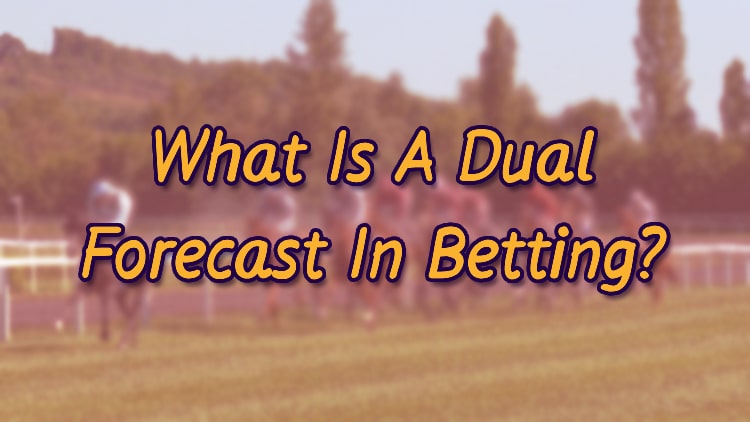
In sports betting, punters have a plethora of betting strategies available to them. Dual Forecast betting, with its intriguing approach and potential for lucrative outcomes, has increasingly captured the attention of bettors. This guide is crafted to demystify Dual Forecast betting, explaining its mechanics, potential pros and cons, and how it stands out.
What Is A Dual Forecast In Betting?
Known alternatively as a Reverse Forecast, the Dual Forecast bet is a betting format that finds its popularity in sports, most notably in horse and greyhound races. Its appeal stems from the bettor not having to nail the exact sequence of the top two contenders in a competition.
By choosing two competitors, the bettor secures a win if these selections clinch the first and second places in any order. For example, a bet on Competitor X and Competitor Y is successful if either secures the top two spots. This leeway distinguishes it from the Straight Forecast bet, which demands precise prediction of the finishing order.
Dual Forecast Bet Meaning
At its essence, the Dual Forecast bet marries two Straight Forecast bets, broadening the scope of possible outcomes and offering better odds of victory versus a Straight Forecast since the exact order of finishers is irrelevant.
Consider a scenario with competitors A, B, and C in a race. Betting on A and B in a Dual Forecast means victory is yours if A leads B or if B outpaces A, which offers greater chances of winning compared to betting the exact sequence they come in.
What Is A Dual Forecast In Golf Betting?
Not confined to racing, the Dual Forecast bet extends its reach to golf, allowing predictions on the top two finishers in tournaments without fixating on their order.
Placing a Dual Forecast bet on Golfers A and B means a win if they finish as the top two in any sequence. This betting style widens the betting landscape.
Dual Forecast Football Bet Explained
The adaptability of Dual Forecast bets to football, especially in predicting the top two league finishers, demonstrates its versatility. Imagining a Premier League scenario, a bet on teams like Manchester City and Liverpool to lead, in no particular order, capitalises on this betting strategy. Instead of trying to predict which of the two will come first.
This approach signifies placing two intertwined bets, leveraging the possibilities of winning by allowing for slightly varied outcomes.
Dual Forecast In Horse Racing Example
To exemplify, consider a horse race with participants A through E. After evaluating various factors, you deduce that A and C stand a strong chance to dominate the top spots.
A £10 Dual Forecast on A and C implies two £5 bets on each possible finishing order among them. Winning scenarios hinge on these outcomes, with returns dependent on odds and bookmaker rules, typically offering higher rewards than single-win bets.
Dual Forecast vs Reverse Forecast
While "Dual Forecast" and "Reverse Forecast" might be used synonymously, distinctions may arise concerning bookmakers' specific rules and payout mechanisms.
Both bet types involve top-two finisher predictions without order constraints. The primary variance often lies in payout calculation methods, with some bookmakers setting fixed odds for Dual Forecasts and others using formulas like the CSF in horse racing, considering runners' starting prices.
Understanding your bookmaker's rules and payout structures is crucial for making informed betting decisions. Please gamble responsibly.
